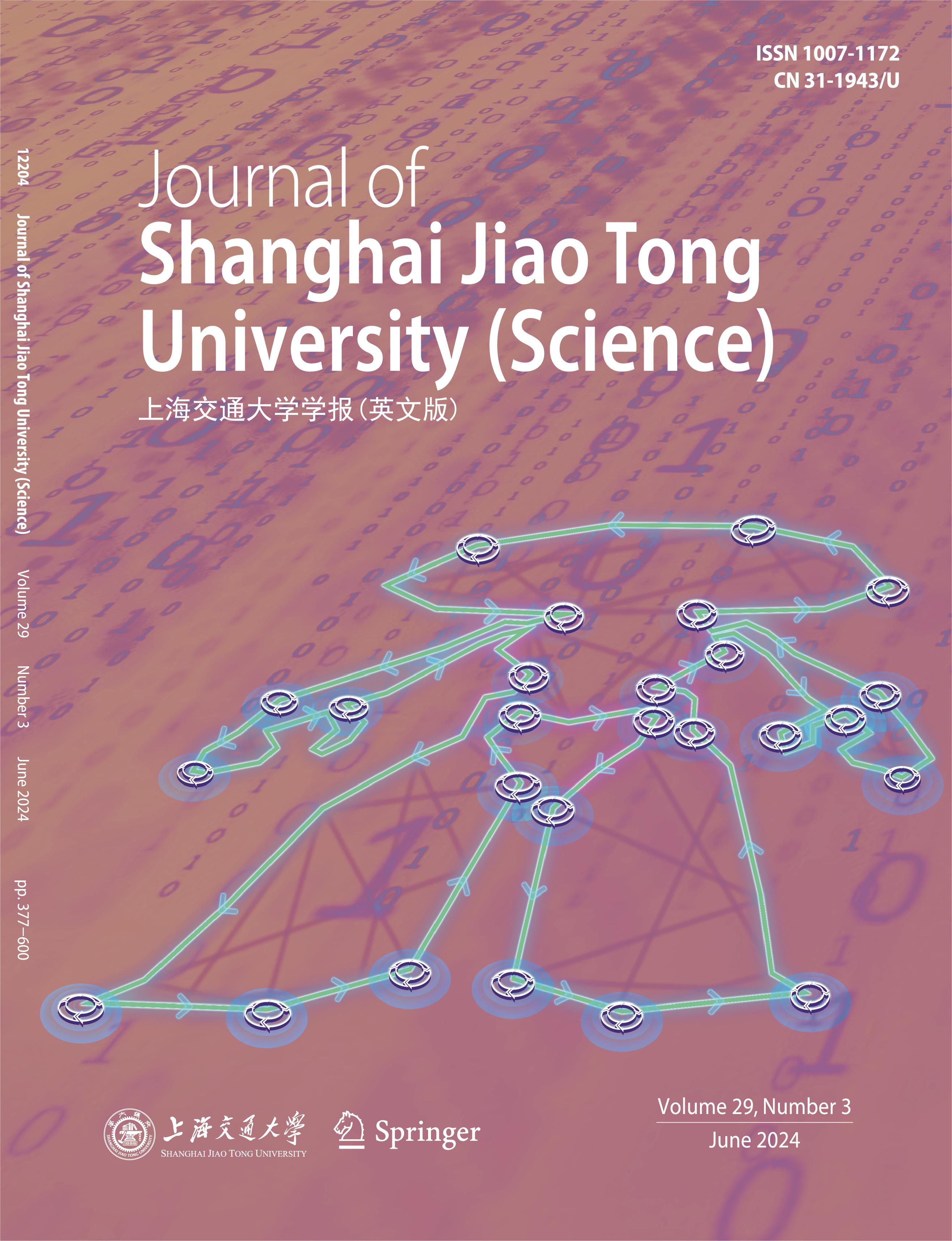|
|
Anti-Occlusion Object Tracking Algorithm Based on Filter Prediction
CHEN Kun(陈坤), ZHAO Xu(赵旭), DONG Chunyu(董春玉), DI Zichao(邸子超), CHEN Zongzhi(陈宗枝)
2024, 29 (3):
400-413.
doi: 10.1007/s12204-022-2484-8
Visual object tracking is an important issue that has received long-term attention in computer vision.The ability to effectively handle occlusion, especially severe occlusion, is an important aspect of evaluating theperformance of object tracking algorithms in long-term tracking, and is of great significance to improving therobustness of object tracking algorithms. However, most object tracking algorithms lack a processing mechanism specifically for occlusion. In the case of occlusion, due to the lack of target information, it is necessary to predict the target position based on the motion trajectory. Kalman filtering and particle filtering can effectively predict the target motion state based on the historical motion information. A single object tracking method, called probabilistic discriminative model prediction (PrDiMP), is based on the spatial attention mechanism in complex scenes and occlusions. In order to improve the performance of PrDiMP, Kalman filtering, particle filtering and linear filtering are introduced. First, for the occlusion situation, Kalman filtering and particle filtering are respectively introduced to predict the object position, thereby replacing the detection result of the original tracking algorithm and stopping recursion of target model. Second, for detection-jump problem of similar objects in complex scenes, a linear filtering window is added. The evaluation results on the three datasets, including GOT-10k, UAV123 and LaSOT, and the visualization results on several videos, show that our algorithms have improved tracking performance under occlusion and the detection-jump is effectively suppressed.
References |
Related Articles |
Metrics
|

